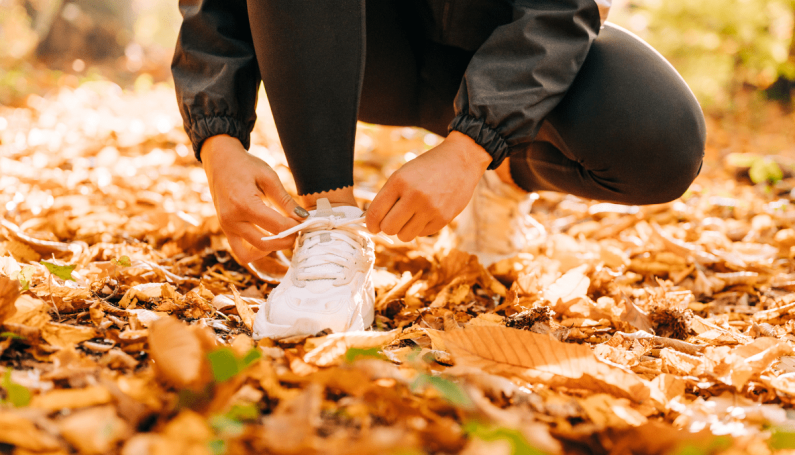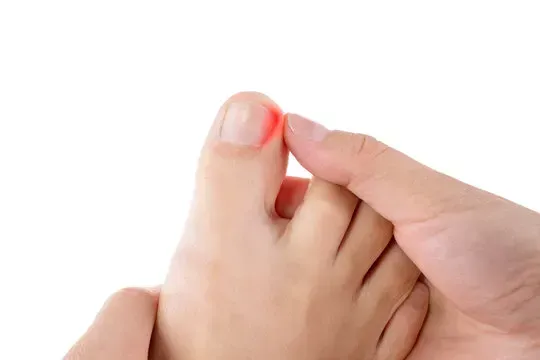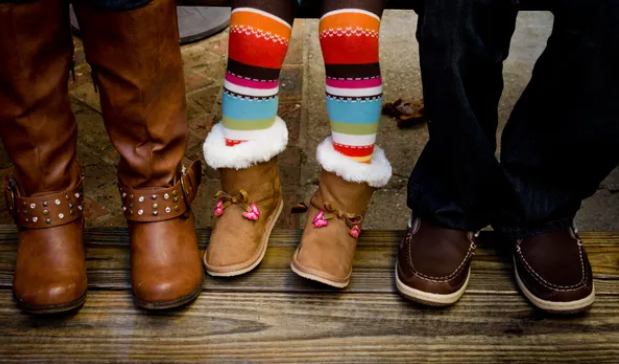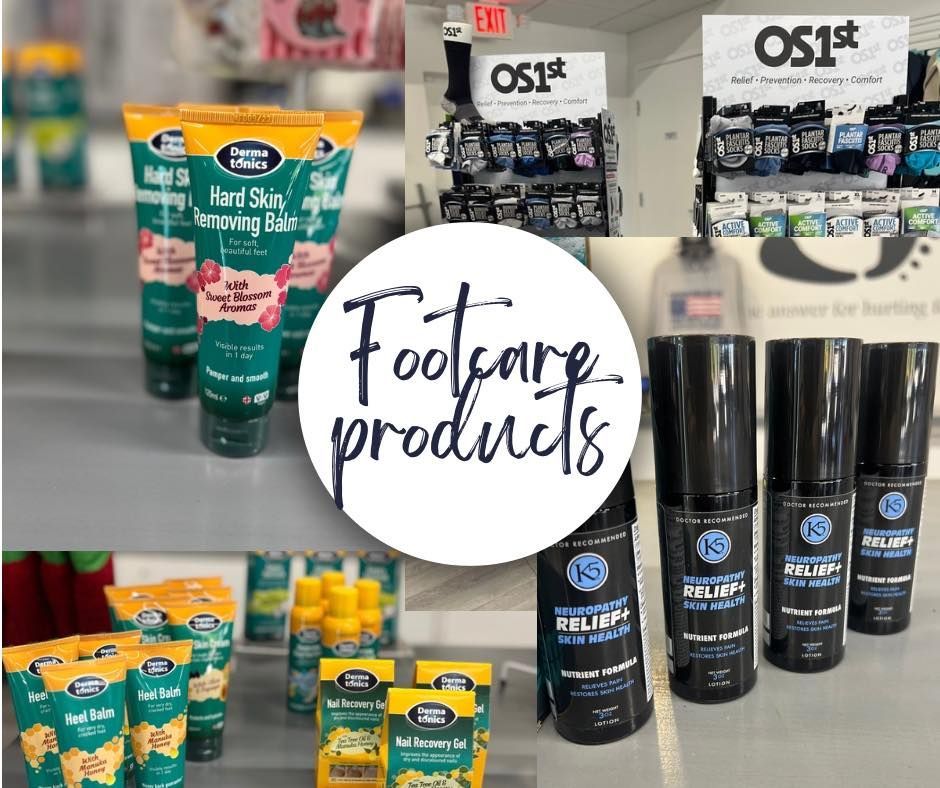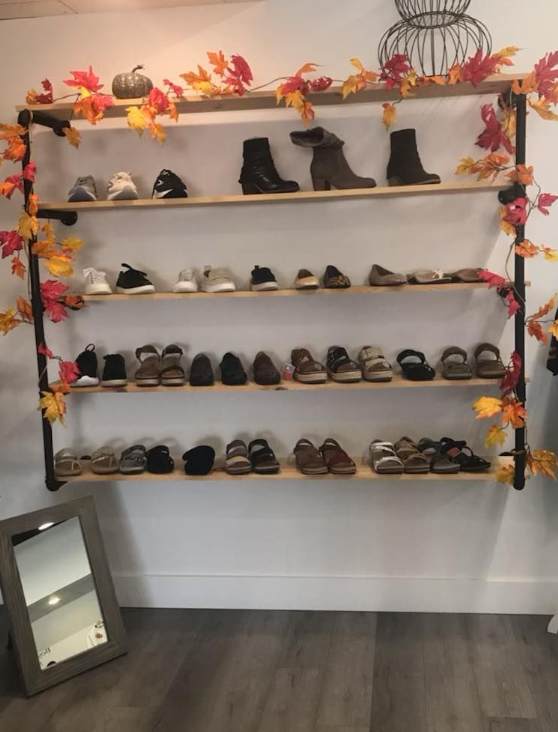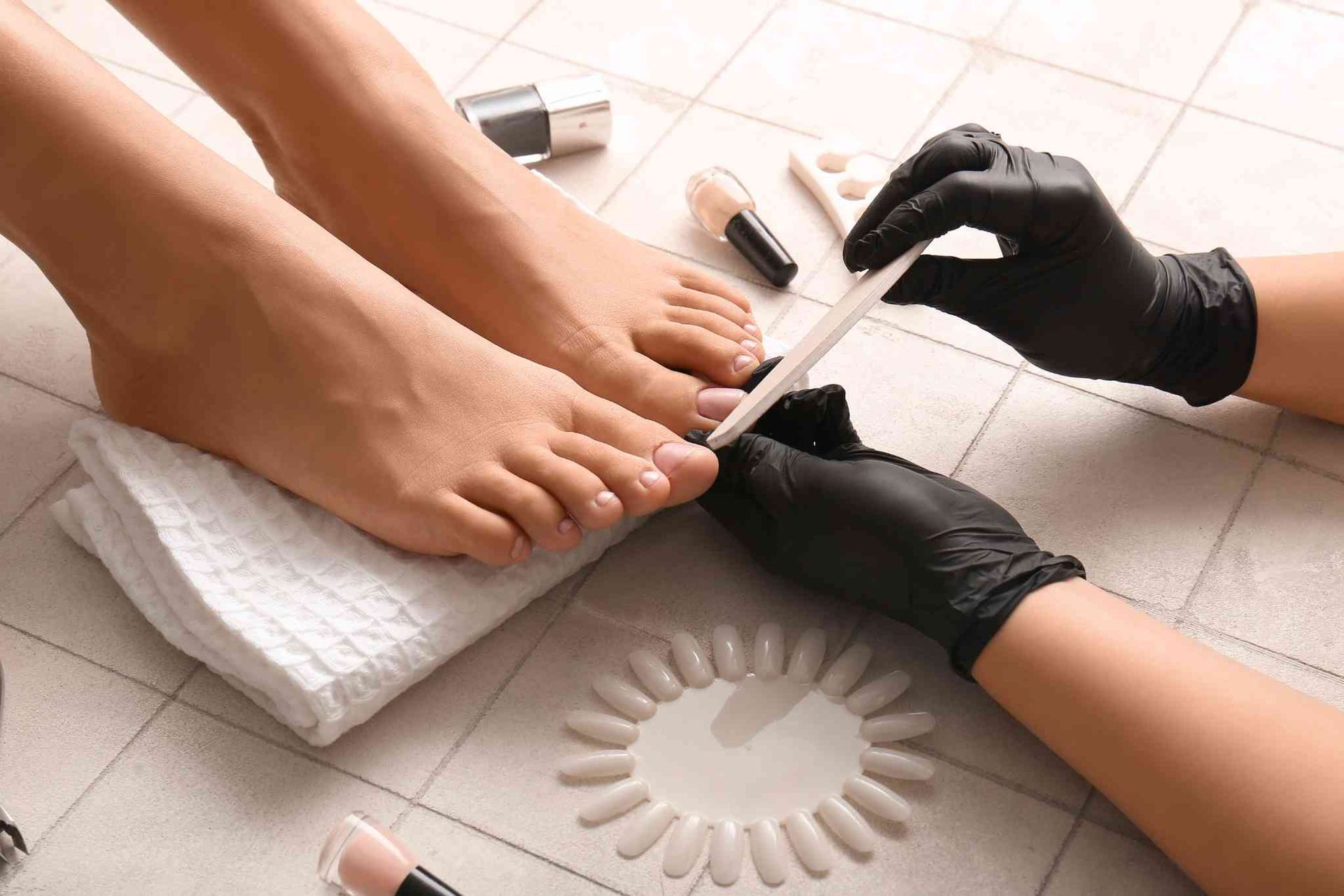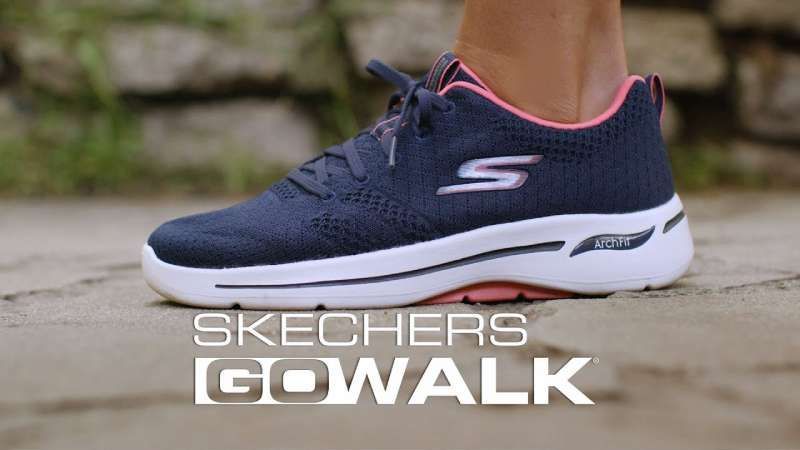Post Title
The Classic Tale of Mary JanE's
Mary Jane shoes have been a classic choice for many women worldwide. They are popular for their simple and timeless design, making them a top choice for parents when selecting shoes for their children. The instep design of Mary Jane shoes also makes them a practical and comfortable option for young kids to wear and move around in.
Many of us first learned about Mary Jane shoes through popular culture such as Alice in Wonderland, Sex and the City, or Clueless, depending on our age. However, there is more to Mary Jane shoes than just their closed toe and instep straps. Over time, Mary Jane shoes have evolved and become even more versatile, with various styles and colors now available to choose from.
Despite the changes, Mary Jane shoes remain a classic and beloved shoe style. They are perfect for both casual and formal occasions, and their comfortable design makes them ideal for everyday wear. Whether you are a long-time fan of Mary Janes or a newcomer to this timeless shoe, there is no denying their enduring popularity and charm.
The label "Mary Jane" may be American, but the shoe style dates back further. These shoes are characterized by their low heels, closed rounded toes, a strap, and buckle. Despite their modest design, they remain popular to this day. The shoes were originally worn by both genders, but with time, they became associated with female footwear. Their popularity has endured due to their versatility. They can be worn with dresses, skirts, and even jeans. Mary Jane shoes come in a variety of colors and materials, making them ideal for any occasion. From school uniforms to formal events, Mary Janes have become a classic shoe style that has stood the test of time.
In the late 19th and early 20th century, children wore 'bar' shoes, which were later renamed as Mary Janes by the Brown Shoe Company. What is surprising is that boys wore them more commonly than girls.
The Brown Shoe Company named their bar shoes after the mischievous cartoon character Buster Brown and his sweetheart Mary Jane. This was a marketing strategy that paid off for the company. They paid $200 to cartoonist R.F. Outcoult for licensing rights and also bought the rights for Buster’s sweetheart Mary Jane, whose character was based on the cartoonist’s daughter of the same name.
By associating themselves with the popular cartoon characters, the Brown Shoe Company was able to market their shoes effectively. Today, Mary Janes are a popular style of shoe for women and girls alike, and their history can be traced back to these early bar shoes.
Mary Janes were originally designed as a shoe for children, but they quickly gained popularity among young women in the 1920s and 1930s. Throughout the 20th century, Mary Janes remained a popular shoe choice.
They were frequently paired with flapper dresses in the 1920s and in 1934, Shirley Temple wore white Mary Janes in the movie "Baby Takes a Bow". In the 1960s, designer Mary Quant put model Twiggy in a pair, making them a fashion staple for women as well as children.
However, the popularity of Mary Janes peaked in the 90s when Courtney Love wore them, subverting the look of the 60s and making a plea for self and gender equality. Mary Jane has been a popular name for the past 30 years. It has gone through different waves of popularity, from the time of the Queen of England to the present day, where it is associated with Beyonce. These are just a few fun fashion facts about Mary Janes, a shoe that has stood the test of time.
Stop by Boger's Shoes today to pick out your very own pair of Mary Jane shoes.

